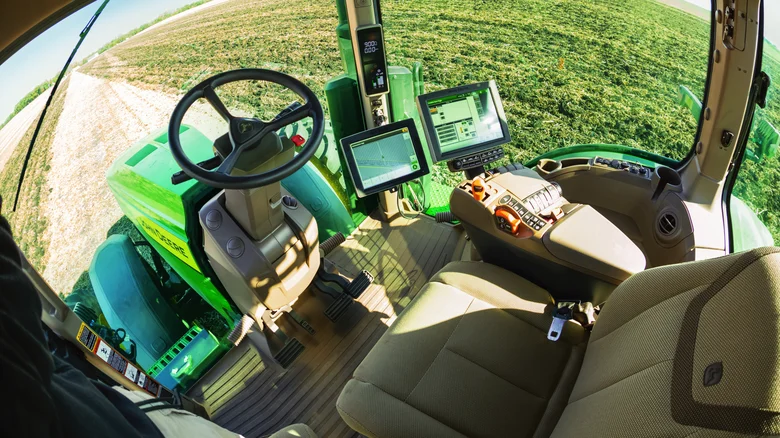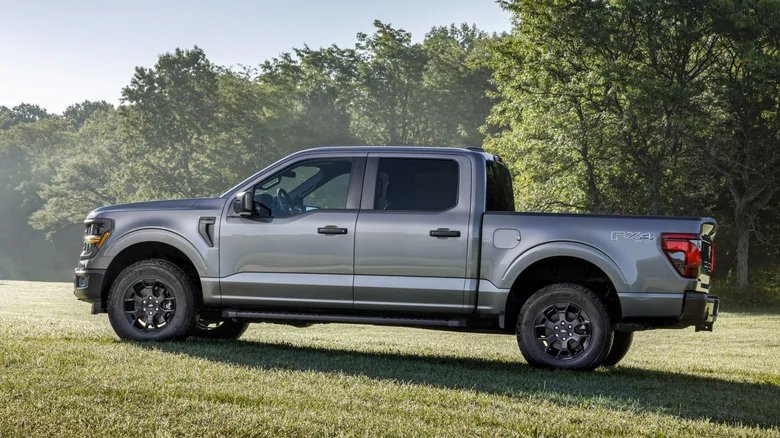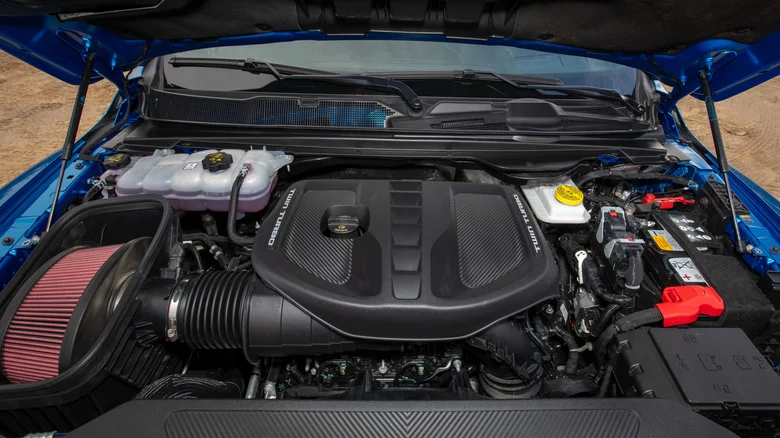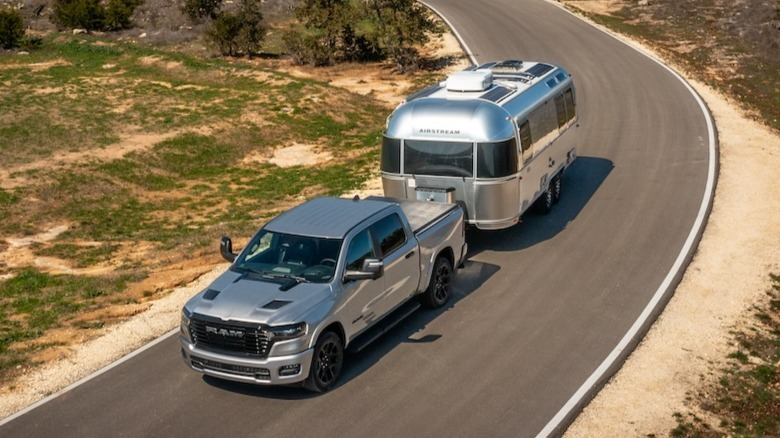John Deere is a name synonymous with quality, durability, and innovation in the agricultural and construction equipment industries. With its iconic green and yellow branding, the company has become a global powerhouse, rivaling household names like Coca-Cola and Nike in brand recognition. From compact lawn tractors to massive earth-moving machinery, John Deere has built a reputation for delivering reliable, hardworking equipment that meets the needs of farmers, landscapers, and construction professionals worldwide.
But one question often arises among enthusiasts and industry watchers: Why hasn’t John Deere ventured into the pickup truck market? While the idea of a John Deere pickup might sound intriguing, the reality is far more complex. Let’s explore the reasons behind this unlikely scenario, what it would take for John Deere to succeed in the automotive space, and how the company could leverage its strengths to create a unique offering.
The Challenges of Entering the Automotive Market

1. John Deere Isn’t a Car Manufacturer
John Deere’s expertise lies in agricultural and construction equipment, not passenger vehicles. While tractors and trucks share some components—like internal combustion engines, transmissions, and rugged interiors—the leap to producing road-legal vehicles is significant. Designing a pickup truck would require entirely new engineering, safety testing, and compliance with stringent automotive regulations, including crash safety standards, emissions requirements, and fuel efficiency mandates.
Unlike farm equipment, which operates at lower speeds and in controlled environments, a pickup truck must perform reliably on highways, in urban settings, and under a wide range of conditions. This shift would demand substantial investment in research, development, and production facilities—resources that John Deere might prefer to allocate to its core business.
2. Fierce Competition in the Truck Market
The pickup truck segment is one of the most competitive in the automotive industry. Established players like Ford, Chevrolet, and Ram dominate the market, with decades of brand loyalty and proven track records. Ford’s F-150, for example, is not only the best-selling truck in America but also one of the best-selling vehicles of all time. Newcomers like Rivian and Tesla have also entered the fray, offering innovative electric trucks that cater to evolving consumer preferences.
For John Deere to succeed, it would need to carve out a unique niche in an already crowded market. This would require not only a superior product but also a compelling brand story that resonates with truck buyers—many of whom are deeply loyal to their preferred brands.
3. High Costs and Risks
Developing a pickup truck from scratch would be a massive financial undertaking. From designing and testing prototypes to building production lines and establishing a dealership network, the costs would be astronomical. Moreover, the truck would need to achieve significant sales volume to justify the investment—a risky proposition in a market where brand loyalty runs deep.
If the truck failed to gain traction, John Deere could face substantial losses, tarnishing its reputation and diverting resources from its core business. Given these risks, it’s no surprise that the company has stayed focused on its traditional markets.
What Would a John Deere Pickup Look Like?

While the odds of a John Deere pickup hitting the market are slim, it’s fun to imagine what such a vehicle might offer. Here’s a hypothetical breakdown of its potential features:
Design and Aesthetics

A John Deere pickup would undoubtedly sport the brand’s signature green and yellow color scheme, with bold branding and rugged styling. While most full-size trucks today feature quad-cab designs with mid-sized beds, John Deere could differentiate itself by offering a single-cab configuration with an eight-foot bed—a throwback to classic work trucks that prioritize utility over passenger space.
Performance and Capability
To compete with established players, a John Deere truck would need to deliver impressive performance metrics. This includes a towing capacity of at least 10,000 pounds, a payload capacity of around 2,250 pounds, and a horsepower rating of 300 or more. Given John Deere’s expertise in diesel engines, the truck could offer a robust diesel option, emphasizing torque and fuel efficiency over raw speed.
Innovative Features
Where John Deere could truly shine is in integrating its advanced agricultural technology into the truck. Imagine a pickup equipped with autonomous driving capabilities for low-speed farm operations, GPS-guided precision farming tools, and a centralized control hub for managing other John Deere equipment. This would make the truck an indispensable tool for modern farmers, seamlessly integrating into the John Deere ecosystem.
How John Deere Could Succeed in the Truck Market

If John Deere were to enter the pickup truck market, it would need to leverage its core strengths and target a specific audience. Here’s how the company could make it work:
1. Focus on the Farming Community
Rather than competing head-to-head with mainstream trucks, John Deere could design a pickup specifically for farmers and agricultural professionals. This truck would prioritize durability, versatility, and seamless integration with John Deere’s existing equipment lineup. Features like enhanced towing capacity, weatherproof interiors, and compatibility with farming attachments could make it a must-have for rural customers.
2. Embrace Autonomy and Smart Technology
John Deere is a leader in autonomous farming technology, with self-driving tractors and combines already in use. By incorporating similar technology into a pickup, the company could create a vehicle that serves as a mobile command center for farm operations. Farmers could use the truck to monitor and control other equipment, launch drones for field surveys, or even automate routine tasks like spraying and planting.
3. Build on Brand Loyalty
John Deere’s loyal customer base is one of its greatest assets. By offering a pickup that complements its existing products, the company could create a seamless buying experience for farmers. Imagine walking into a John Deere dealership and purchasing a tractor, combine, and pickup truck all in one place—a one-stop shop for all your farming needs.
A Niche Opportunity, Not a Mass-Market Play

While the idea of a John Deere pickup truck is exciting, it’s clear that the challenges outweigh the potential benefits. The company’s strengths lie in its ability to innovate within the agricultural and construction sectors, not in competing with automotive giants. However, if John Deere were to explore this possibility, it would need to focus on its core audience—farmers—and leverage its expertise in autonomy, durability, and smart technology.
A John Deere pickup might not dethrone the Ford F-150 or Chevrolet Silverado, but it could become a valuable tool for the farming community, reinforcing the brand’s reputation as a leader in agricultural innovation. For now, though, it’s safe to say that John Deere will continue to focus on what it does best: building the equipment that helps feed and build the world.
By exploring this hypothetical scenario, we gain a deeper appreciation for John Deere’s strengths and the complexities of entering new markets. Whether or not a John Deere pickup ever becomes a reality, the company’s commitment to innovation and quality ensures that it will remain a trusted name in agriculture and beyond.








